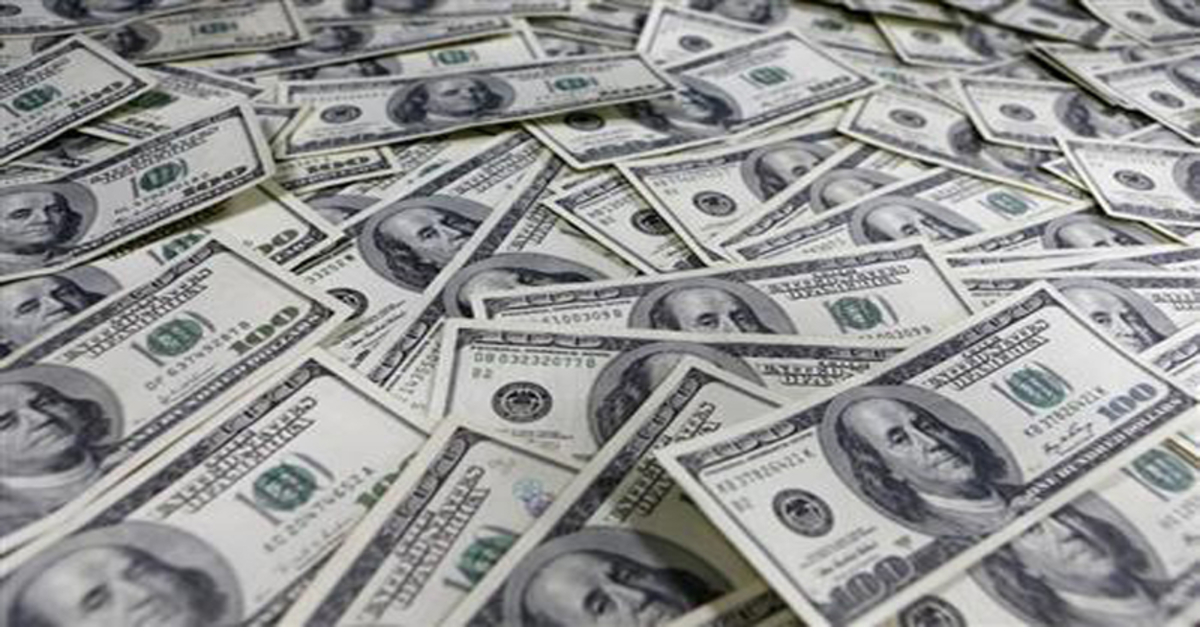For the first time in twenty years, analysts have drawn their concerns back to potentially unsustainable debt that has been accruing in the region. Largely untouched by the ’97 collapse, experts fear that Laos could get pulled into a new era of financial turmoil.
According to a recent International Monetary Fund (IMF) report, the risk of “external debt distress” in Laos, Southeast Asia’s second smallest economy, has risen from “moderate to high.” The country is in debt for miscellaneous big infrastructure projects, including foreign financing for massive hydropower dams.
The IMF uncovered that Laos’ external public and publicly guaranteed (PPG) debt increased from US$5.4 billion in 2014 to an estimated US$6.5 billion by the end of 2015, or roughly 52% of gross domestic product (GDP). The present figure is currently unknown, however is estimated to be even higher.
Debt sustainability concerns are rising as Laos’ recent booming economic growth, averaging around 8% from 2011 to 2014, has begun to diminish.
The Asian Development Bank (ADB) predicts growth of 6.9% this year and around the same for 2018. Longer term, the IMF projects 6.3% average real GDP growth between 2016 and 2036.
According to experts, there are several reasons for the decline, with economic slowdowns in Laos’ main trading partners, including China, and lower global commodity prices attributing to primary causes.
Analysts also point to poor weather conditions over the last few years for a weakening agriculture sector.
However, while growth rates continues to weaken, the country will need to continue spending to reach its 2020 deadline for graduating from ‘Least Developed Country (LDC) status, a classification as of 2015 where gross national income per capita is below US$1,035.
Analysts suggest to keep borrowing and hope for a new foreign investment driven economic uptick as one solution to the growing problem. The government’s budget plan through 2020 sets the national borrowing rate at 23.7% of GDP, a level analysts doubt the government can maintain at current spending rates.
Though the country remains classified as a LDC, debt repayment and servicing are largely under favorable low-interest terms, however the real test will come when the country transitions from LDC status, shifting the country from concessional to market-based terms.
Government officials have acknowledged this problem, with the finance ministry successfully completing its largest ever bond issue via a US$419 million offering on Thailand’s debt markets in October of this year. According to media reports, half of the raised capital is expected to be used for debt repayment; the other half is earmarked for funding infrastructure projects,.
Boosting domestic revenue would also assist in managing the mounting pile of debt. Last month, Prime Minister Thongloun Sisoulith instructed the finance ministry to re-inspect the state’s revenue sources, including taxes. Tax collection fell from 15.8% of GDP in 2013 to 14.3% last year.
PM Thongloun has personally headed a campaign to diversify Laos’ economic relations away from neighboring China, Vietnam and Thailand, its traditional main trade partners, to other wealthier regional countries.
Upon taking the premiership last year, Mr Thongloun has stated his ambition to transform Laos from being landlocked to “land-linked.”
A Chinese-financed Kunming to Vientiane high-speed railway passing through Thailand, Malaysia and extending to Singapore, is expected to be completed in 2021 and will contribute to that vision.
Land concessions granted as incentives to private companies that involve the movement of populations are also a risk factor.
In past years, Laos has handed over state-owned land in lieu of debt payment to foreign investors. For example, when the country failed to pay back a US$80 million loan China provided to build a stadium for the Southeast Asian Games, the government agreed to hand over a 300-hectare land concession to the contracted Chinese company.
The Prime Minister has expressed his intention to abolish the practice to dispel protests over land ownership. He has also moved to curb the growth of Chinese-run banana plantations in the country’s north where Chinese growers have been granted decades-long land concessions.
Some of Laos’ greatest economic potential is found in its land. Mining and farming remain dominant and hydropower could allow it to become a major power exporter. But it is these same foreign currency-generating industries that frustrate locals, many of whom have come to think the government’s economic development schemes don’t have them in mind.
Source: Asia Times



